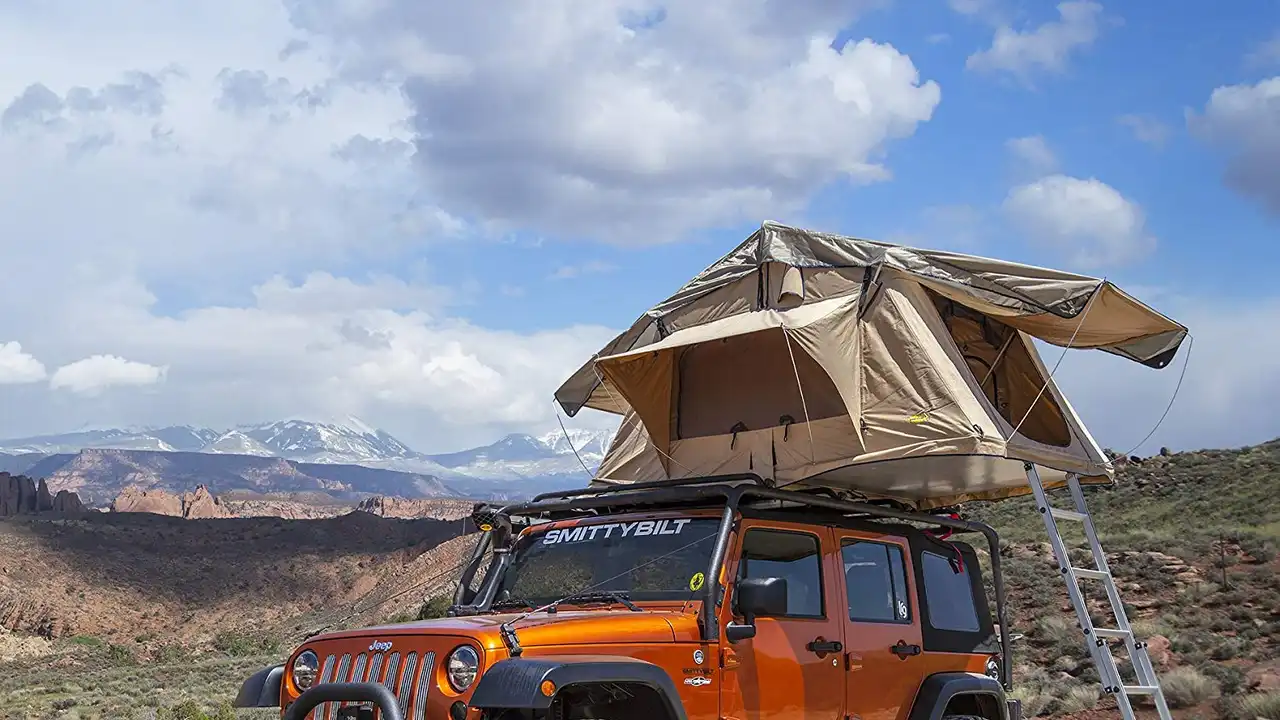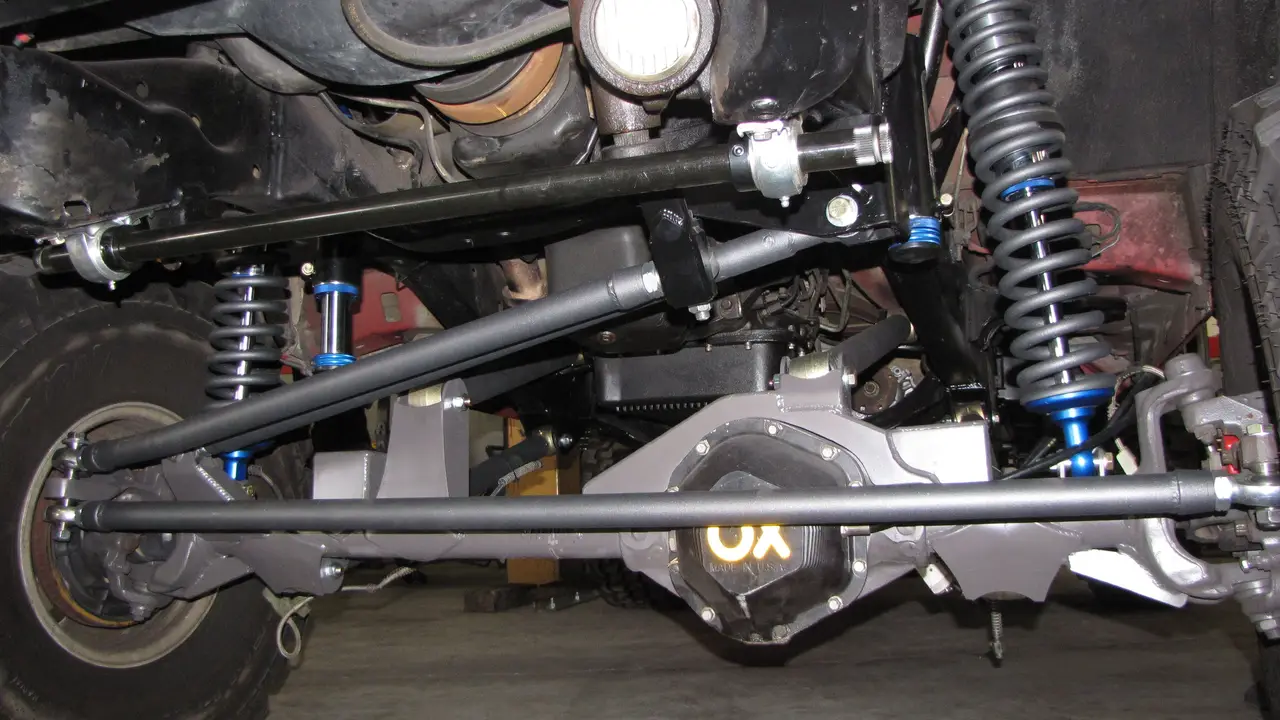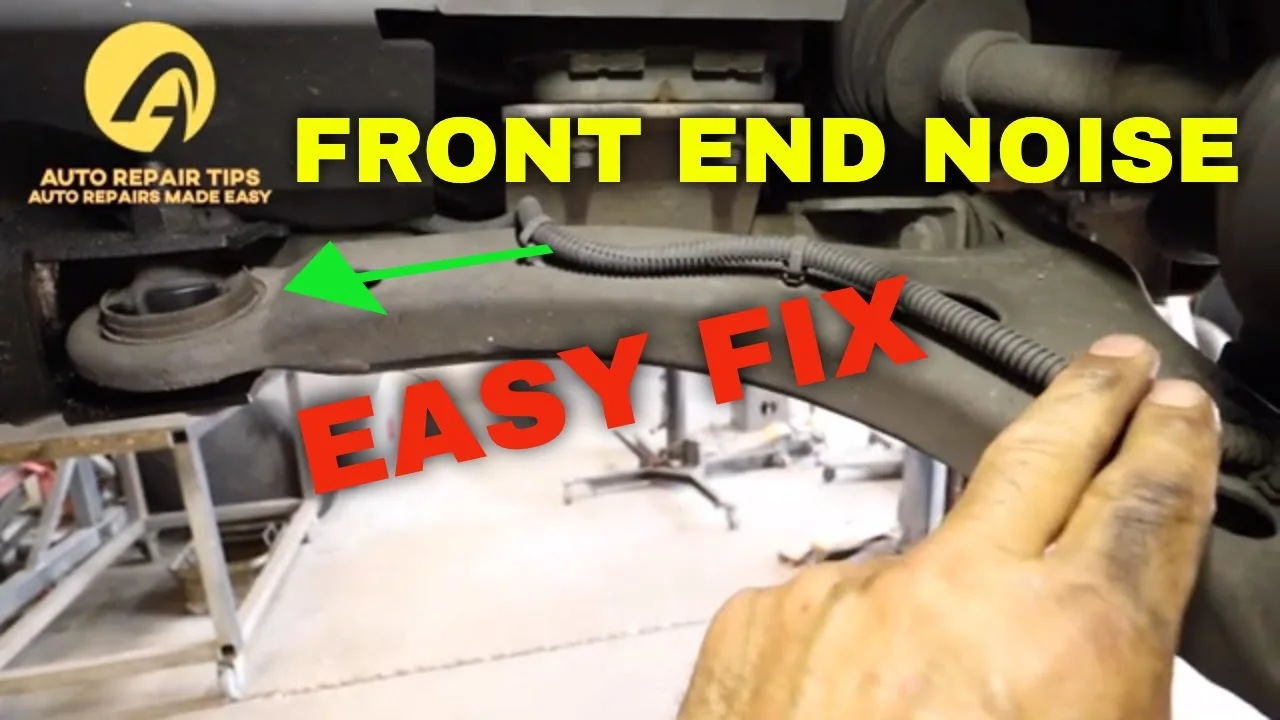7 Best Rooftop Tents for Overlanding: Review & Guide

Rooftop tents offer a comfortable and convenient camping experience We review and guide you through the 7 best rooftop tents for overlanding Find the perfect tent for your needs and enjoy the outdoors Enhance your overlanding adventures with our expert recommendations
Why Choose a Rooftop Tent for Overlanding Overlanding Rooftop Tent Benefits
Okay, let's talk rooftop tents (RTTs). If you're getting serious about overlanding, you've probably seen these things perched on top of rigs everywhere. But are they *really* worth the hype? I’m here to tell you, for many overlanders, the answer is a resounding yes. Rooftop tents offer a ton of advantages over traditional ground tents, making your overlanding experience way more comfortable and convenient. Think about it: no more searching for a perfectly flat, rock-free patch of ground. No more waking up with a crick in your neck from sleeping on uneven terrain. And, perhaps best of all, you're up and away from creepy crawlies and potential ground-level critters. Plus, setup and takedown are usually a breeze compared to a traditional tent, leaving you more time to explore and less time wrestling with poles and stakes.
Factors to Consider When Choosing an RTT Rooftop Tent Buying Guide
Before diving into specific recommendations, let's cover some key factors to consider when choosing a rooftop tent. This isn't a one-size-fits-all situation, so thinking about your specific needs and priorities is crucial.
- Size and Capacity: How many people need to sleep in the tent? RTTs come in various sizes, from compact two-person models to larger options that can comfortably accommodate a family. Consider the interior dimensions and headroom to ensure everyone has enough space to sleep comfortably.
- Mounting Style: Hard-shell or soft-shell? Hard-shell tents are generally quicker to set up and offer better weather protection, but they're also more expensive and heavier. Soft-shell tents are more affordable and often offer more interior space, but they require a bit more effort to set up.
- Weight Capacity: Make sure your vehicle's roof rack and the tent itself can handle the weight of the tent plus the occupants and any gear you plan to store inside. Overloading your roof can be dangerous!
- Material and Durability: Look for tents made from durable, weather-resistant materials like ripstop nylon or canvas. Consider the quality of the zippers, seams, and frame components. A well-built tent will last for many years of overlanding adventures.
- Ease of Setup and Takedown: Time is precious when you're on the road. Choose a tent that's easy to set up and take down, even in challenging conditions. Look for features like automatic struts or simple folding mechanisms.
- Price: RTTs can range in price from a few hundred dollars to several thousand. Set a budget and stick to it, but don't sacrifice quality for price. A cheaper tent might not hold up well in the long run.
Top 7 Rooftop Tents for Overlanding Our Recommendations Best Rooftop Tents
Alright, let's get to the good stuff! Based on my experience and research, here are 7 of the best rooftop tents for overlanding, catering to different needs and budgets:
1. Thule Tepui Autana 3 Rooftop Tent Thule Tepui Autana 3 Review
The Thule Tepui Autana 3 is a popular choice for good reason. It's a well-built, versatile tent that offers a great balance of features and price. The Autana 3 sleeps three people comfortably and features an extended canopy entrance with a removable annex, providing extra living space and protection from the elements. The thick mattress ensures a comfortable night's sleep, and the durable construction can withstand harsh weather conditions.
- Pros: Durable construction, comfortable mattress, extended canopy with annex, good ventilation.
- Cons: Relatively heavy, can be bulky when folded.
- Typical Price: $2,500 - $3,000
- Best Use Case: Families or small groups who need extra living space and weather protection.
2. Smittybilt Overlander Tent Smittybilt Overlander Review
The Smittybilt Overlander Tent is a fantastic budget-friendly option. Don't let the price fool you; this tent is surprisingly well-made and offers excellent value. It sleeps two to three people and features a durable ripstop nylon construction, a comfortable mattress, and a built-in LED light strip. The Smittybilt Overlander is a great choice for beginner overlanders who want a reliable tent without breaking the bank.
- Pros: Affordable, durable construction, comfortable mattress, built-in LED light.
- Cons: Can be a bit cramped for three adults, ladder can be a bit flimsy.
- Typical Price: $900 - $1,200
- Best Use Case: Solo travelers or couples on a budget.
3. CVT Mt Shasta Summit Series CVT Mt Shasta Summit Series Review
Cascadia Vehicle Tents (CVT) is a well-respected name in the RTT world, and the Mt. Shasta Summit Series is a testament to their quality. This tent is built to withstand serious abuse, featuring a heavy-duty canvas construction and a robust frame. It sleeps two to three people and offers excellent weather protection. The Mt. Shasta Summit Series is a great choice for overlanders who frequently encounter harsh conditions.
- Pros: Extremely durable, excellent weather protection, comfortable mattress.
- Cons: Expensive, heavy.
- Typical Price: $2,800 - $3,500
- Best Use Case: Overlanders who frequently travel in harsh environments.
4. iKamper Skycamp 3.0 iKamper Skycamp 3.0 Review
The iKamper Skycamp 3.0 is a premium hard-shell tent known for its incredibly fast setup and takedown. This tent opens and closes in seconds, making it a game-changer for overlanders who value convenience. The Skycamp 3.0 sleeps up to four people and features a durable fiberglass shell, a comfortable mattress, and a sleek, aerodynamic design. It's a significant investment, but the speed and convenience are hard to beat.
- Pros: Extremely fast setup and takedown, durable construction, comfortable mattress, sleeps up to four people.
- Cons: Very expensive, heavy.
- Typical Price: $4,000 - $4,500
- Best Use Case: Families or groups who prioritize speed and convenience.
5. Roofnest Condor Overland Roofnest Condor Overland Review
Roofnest is another leading brand in the RTT market, and the Condor Overland is a great example of their innovative designs. This hard-shell tent features a unique clamshell design that maximizes interior space. It sleeps two people comfortably and includes a built-in storage net for gear. The Condor Overland is a great choice for overlanders who want a compact and aerodynamic tent with ample storage.
- Pros: Compact and aerodynamic, ample storage, durable construction.
- Cons: Relatively small interior space, can be expensive.
- Typical Price: $3,200 - $3,800
- Best Use Case: Solo travelers or couples who prioritize space efficiency and aerodynamics.
6. Front Runner Roof Top Tent Front Runner Roof Top Tent Review
Known for their high-quality overlanding accessories, Front Runner also produces a solid rooftop tent. Their Roof Top Tent is a soft-shell option made with durable, UV-resistant fabric. It features a comfortable high-density foam mattress and a sturdy aluminum frame. Its straightforward design makes setup relatively simple. If you already trust Front Runner gear, this tent is a logical extension of their product line.
- Pros: Durable, UV-resistant fabric, comfortable mattress, trusted brand.
- Cons: More involved setup than hard-shell tents.
- Typical Price: $1,400 - $1,700
- Best Use Case: Overlanders who appreciate Front Runner's quality and are comfortable with a soft-shell tent setup.
7. Guana Equipment Wanaka 55 Guana Equipment Wanaka 55 Review
The Guana Equipment Wanaka 55 is a hybrid style tent. It has a hardshell top, but the bottom half is soft sided, this allows for a larger space when opened up. The Wanaka 55 is made from high-quality materials and features a unique design that maximizes space and comfort. It sleeps two to three people and includes integrated LED lighting and USB charging ports. If you're looking for a premium RTT with all the bells and whistles, this is it.
- Pros: Very spacious, high-quality materials, integrated LED lighting and USB charging ports.
- Cons: Expensive, heavy.
- Typical Price: $3,500 - $4,000
- Best Use Case: Overlanders looking for a luxurious and well-equipped RTT.
Rooftop Tent Setup and Takedown Tips Rooftop Tent Installation
Okay, you've chosen your RTT, now what? Here are some tips for setting up and taking down your tent like a pro:
- Practice Makes Perfect: Before heading out on your first trip, practice setting up and taking down your tent in your driveway or backyard. This will help you become familiar with the process and identify any potential issues.
- Level Ground (or Close Enough): While RTTs eliminate the need for perfectly flat ground, try to park on as level a surface as possible. This will make sleeping more comfortable and prevent unnecessary stress on the tent frame.
- Secure the Ladder: Make sure the ladder is properly secured to the tent and the ground. A wobbly ladder can be dangerous, especially when climbing down in the dark.
- Proper Ventilation: Open the windows and vents to allow for proper ventilation. This will help prevent condensation buildup inside the tent.
- Packing it Up: When packing up, make sure the tent is completely dry before folding it. This will prevent mold and mildew growth. Also, take the time to properly tuck in all the fabric and secure the straps.
Maintaining Your Rooftop Tent Rooftop Tent Care
To keep your RTT in tip-top shape for years to come, follow these maintenance tips:
- Clean Regularly: After each trip, clean your tent with a mild soap and water solution. Remove any dirt, dust, or debris that may have accumulated.
- Waterproof as Needed: Periodically re-waterproof your tent with a sealant. This will help maintain its water resistance and protect it from the elements.
- Inspect for Damage: Regularly inspect your tent for any signs of damage, such as tears, holes, or broken zippers. Repair any damage promptly to prevent it from getting worse.
- Store Properly: When not in use, store your tent in a cool, dry place. This will help prevent mold, mildew, and other damage.
Rooftop Tent Alternatives Ground Tents vs RTTs
While RTTs are awesome, they aren't the only option for overlanding. Here's a quick look at some alternatives:
- Ground Tents: Traditional ground tents are more affordable and lightweight than RTTs. However, they require more effort to set up and take down, and they don't offer the same level of comfort and convenience.
- Truck Bed Tents: Truck bed tents are designed to fit in the bed of a pickup truck. They offer a similar level of convenience to RTTs but are limited to truck owners.
- Hammock Camping: Hammock camping is a lightweight and comfortable option for solo travelers. However, it requires trees to hang the hammock, which may not be available in all locations.
Final Thoughts on Rooftop Tents
Rooftop tents are a fantastic investment for serious overlanders. They offer a comfortable, convenient, and safe way to camp in the great outdoors. While they can be expensive, the benefits they provide are well worth the cost for many adventurers. Consider your needs, budget, and travel style when choosing an RTT, and get ready to elevate your overlanding experience!
:max_bytes(150000):strip_icc()/277019-baked-pork-chops-with-cream-of-mushroom-soup-DDMFS-beauty-4x3-BG-7505-5762b731cf30447d9cbbbbbf387beafa.jpg)






